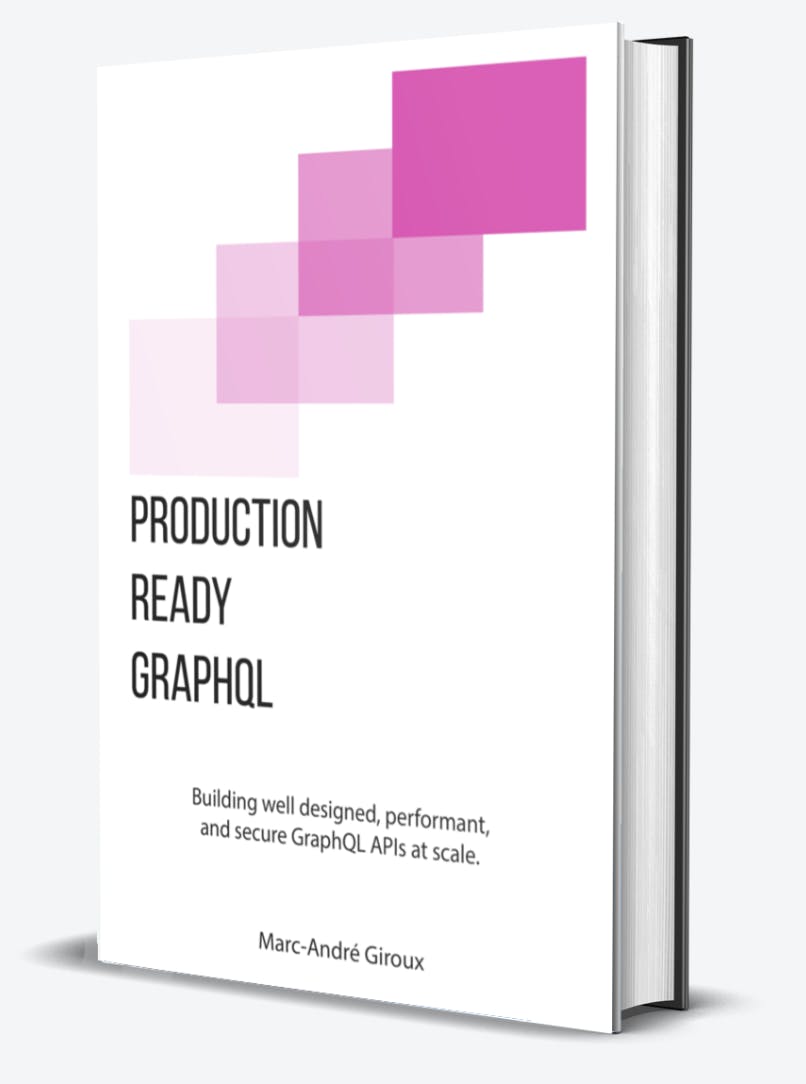I'm reading this book with GraphQL content.
Thanks @leonardomso

Pagination: Cursor Pagination
- Cursor pagination is generally a great choice, because of the accuracy and performance
- Maybe it's the most common pattern in GraphQL at the moment
- This pattern lets us design more complex use cases, because of Connection and Edge types
- Relay clients integrate perfectly with your API because of that
Global Identification: Global ID — Node
- Like Connections, they can be a good pattern even outside of a Relay context
- Opaque IDs are recommended
- You necessarily don't need global identification if you're not planning to use Relay
- Ensure your global identification contains enough context to globally route to a node, especially in a distributed architecture
Non-Nullability
- It lets clients avoid defensive code/conditionals
- It helps to build more predictable schemas
tradeoffs/warnings:
- It's very hard to predict what can be null
- Non-null fields and arguments are harder to evolve. Going from non-null to null is a breaking change, but the opposite is not
guidelines for nullability:
- Should almost always nullable fields that return object types that are backed by database associations, network calls, or anything that could potentially fail
- Non-null for arguments, because it's more predictable and easy to understand API
That's it. My first part of the book summary. Thank you.

